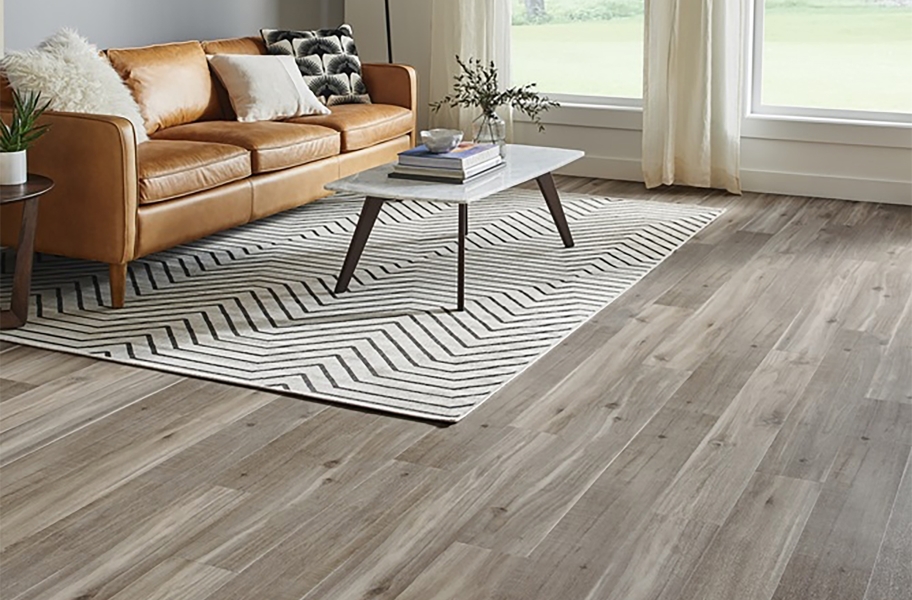Parquet flooring has long been associated with classic, old-world charm. But today, it’s finding fresh new life in modern interiors—especially when it’s combined with a mix of wood tones. Instead of sticking to a single uniform color, designers and homeowners are embracing the beauty of natural variation. Mixing wood tones adds depth, character, and warmth to contemporary spaces without losing that crisp, clean look modern design demands. If you’re considering parquet flooring and want a space that feels both sophisticated and current, here’s how you can master the art of mixing wood tones.
Why Mix Wood Tones?
First, let’s talk about why this trend is so appealing. Uniformity can sometimes make a space feel flat or sterile. By introducing a mix of wood tones, you create visual interest and dimension. Different shades, grains, and finishes bring out the personality of a room and make the design feel layered and curated, not cookie-cutter.
When applied to parquet flooring, mixed tones enhance the beauty of the intricate patterns. Each piece becomes a small artwork, and the overall floor acts as a canvas, grounding your entire space with richness and movement.
Key Principles for Mixing Wood Tones in Parquet Flooring
Find a Unifying Undertone
Even when mixing different wood shades, it’s important to maintain some cohesion. Look for a common undertone—either warm, cool, or neutral—that ties the different woods together. For example, oak and walnut have very different colors but can work beautifully together because they share warm undertones.
When planning a parquet design, choose woods that complement each other naturally. Avoid mixing warm woods (like cherry or mahogany) with very cool ones (like ash or grey-stained maple) unless you’re confident in balancing the room’s overall temperature with other elements like textiles and wall colors.
Balance Light and Dark Shades
Mixing wood tones is also about balance. A good rule of thumb is to choose one dominant tone and use the others as accents. If you have a lighter wood dominating your parquet pattern (like white oak), you can weave in darker woods (like walnut) to add drama and depth without overwhelming the space.
Be mindful of the scale, too. In smaller rooms, you might want lighter woods to be the primary feature to make the space feel larger and airier, with darker tones providing contrast.
Consider the Rest of the Room
Your flooring doesn’t exist in isolation. Take into account your furniture, cabinetry, doors, and even ceiling beams if you have them. If you already have a lot of darker wood furniture, a lighter-based parquet floor with hints of darker wood can create a beautiful echo without feeling too heavy.
You can also intentionally contrast—light flooring against dark wood furniture can be very striking. The key is to ensure that the contrast feels intentional, not accidental.
Play with Patterns for Even More Impact
One of the great advantages of parquet is the ability to create patterns like herringbone, chevron, or basket weave. These patterns naturally lend themselves to mixing tones. You could alternate between two complementary shades within the same pattern for a subtle yet sophisticated look.
For a more adventurous style, some designers are even incorporating three or more tones into custom parquet layouts, creating a kind of mosaic effect that feels both classic and artistic.
Don’t Forget the Finish
The finish you choose can dramatically change how wood tones interact. A matte finish tends to soften differences between tones, creating a more blended, contemporary look. High gloss finishes, on the other hand, highlight contrasts and the natural variation between different woods.
In modern interiors, matte and satin finishes are typically preferred because they feel less formal and more organic—perfect for highlighting the beauty of mixed wood tones without making the space feel overly polished or rigid.
Fresh Ways to Use Mixed-Tone Parquet in Modern Spaces
If you’re feeling inspired, here are a few ideas for how to apply these concepts:
Open Concept Spaces: Use different wood tones to subtly define zones (like dining and living areas) within an open floor plan, without needing walls or rugs.
Feature Flooring: Create a feature floor in an entryway or dining room with a bold mixed-tone parquet pattern, making it a true statement piece.
Minimalist Rooms: In minimalist spaces, a mixed-tone parquet adds just the right amount of texture and warmth to prevent the room from feeling cold or empty.
Scandinavian Influence: Combine soft, blonde woods with gentle greys for a Nordic-inspired modern look that feels light, airy, and sophisticated.
Final Thoughts
Mixing wood tones in parquet Vinyl flooring is a bold but rewarding design choice that brings life and individuality into a modern home. By paying attention to undertones, balancing shades, considering your space holistically, and choosing the right finish, you can create a floor that is both a foundation and a feature.
In today’s interiors, perfection isn’t about everything matching—it’s about creating spaces that feel authentic, layered, and inviting. A beautifully mixed-tone parquet floor does just that, blending tradition and trend in a way that feels effortlessly stylish.

